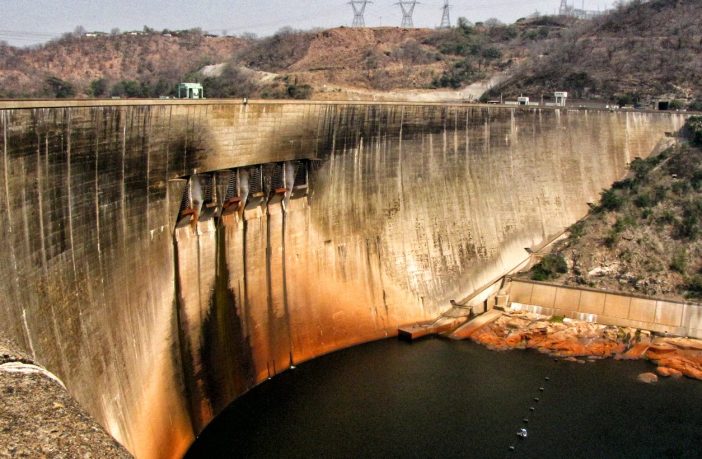- The Zambezi River Authority (the Authority) has provided a bleak update regarding the water situation in the Kariba Catchment and lake levels at the Kariba Dam as the third quarter of the year 2023 progresses.
- The performance of the 2022/23 rainfall season for the lower Kariba catchment has been ‘Below Normal’.
- Accordingly, through the first quarter hydrological analysis, the Authority has reduced the water allocation from 40 BCM to 30 BCM (25% drop) to be shared equally between ZESCO and ZPC at their Kariba Hydropower Stations.
The dam falls under the management of the Authority, a corporation jointly and equally owned by the governments of Zambia and Zimbabwe. Zimbabwe has a power station on the north bank (1050MW) while Zambia’s is on the south bank of the dam (1080MW). Last year, Zimbabwe used more than its water quota for electricity generation and ignored the Zambezi River Authority’s regulatory requirements to the detriment of Zambia. Read more
Related news: In August, Zimbabwe signed a five-year contract to import 100 megawatts of power a day from Zambia and the deal could not be consummated as Zambia was demanding payment upfront and had no foreign currency to pay. Read more
The Zambezi River flows recorded at the Victoria Falls has also been in recession from the start of June 2023. The flow recorded on 18th July 2023 was 950 m3/s. The flow recorded on the same date in 2022 was lower at 873 m3/s. The highest peak reached at this station under the now ended 2022/2023 rainfall season was 2,718 m3/s recorded on 27th May 2023. The current recession will continue up to the time the 2023/2024 rainfall season commences.
The Lake level has risen from being just over the Minimum Operating Level of 475m in January 2023 to over 479 m recorded as the month of June 2023 ended. More recently, on 18th July 2023, the recorded lake level was 479.87m which translates to 20 Billion Cubic Meters (BCM) or 30.87% of usable storage meant for power generation by the two utilities – ZESCO Limited and Zimbabwe Power Company (ZPC) who operate the Kariba North Bank Power Station and Kariba South Power Station, respectively. On the same date in 2022, the recorded lake level was 479.94m with 20.33 BCM of usable water or 31.37% live storage. The current level places the lake at 4.37 meters above the Minimum Operating Level (MOL) of 475.50m.
The Authority allocated 40 BCM in September 2022 for the power generation in 2023 at the Kariba Complex to be shared equally between Zimbabwe Power Company owned Kariba South Bank and ZESCO Ltd owned Kariba North Bank power stations. The allocation was informed by projections from the Southern Africa Regional Climate Outlook Forum (SARCOF)-26 that was held in August 2022 and further reconfirmed by the downscaled positions of the Metrological
Agencies of Zambia and Zimbabwe, which both projected that the SADC and Kariba catchment region was to experience Normal to Above Normal for the 2022/23 rainfall season. The actual performance of the 2022/23 rainfall season for the lower Kariba catchment, however, turned out to be Normal to Below Normal. Accordingly, through the first quarter hydrological analysis, the Authority reduced the water allocation from 40 BCM to 30 BCM to be shared equally between ZESCO and ZPC at their Kariba Stations.
Author: Bryan Groenendaal















